Thousands of Microbe Species Live in This Buried Antarctic Lake
Drilling through half a mile of ice let scientists uncover the first solid evidence of life in a subglacial lake
/https://tf-cmsv2-smithsonianmag-media.s3.amazonaws.com/filer/07/68/0768ba47-160f-40fe-8eb7-7a8439541746/drillholeviewedit.jpg)
Deep below the Antarctic ice, an ancient lake is teeming with life-forms that eat rock. Samples of the chilly brew from Lake Whillans, which lies 2600 feet beneath the West Antarctic Ice Sheet, show that the buried body of water holds almost 4000 species or groups of species of microbes.
The lake’s surface was likely last exposed in the late Pleistocene epoch, 1 million years ago at most. Since then its waters have seen almost no sunlight and average temperatures around -63 degrees Fahrenheit. The discovery confirms earlier hints that life finds a way to survive in such extreme environments, and it boosts the possibility that some form of life could be alive right now on icy moons across the solar system, such as Jupiter's moon Europa.
Lake Whillans is one of hundreds of subglacial lakes that persist under Antarctica. Satellites first revealed these hidden bodies of water decades ago. “An outstanding question has been whether or not the environment at the base of the ice sheet is actually suitable for microbial life to persist,” explains Brent Christner, a microbiologist at Louisiana State University in Baton Rouge.
Christner is part of the Whillans Ice Stream Subglacial Access Research Drilling (WISSARD) team, which spans a variety of institutions worldwide and includes an army of scientists and students. Since 2009, the WISSARD crew has been trying to figure out what life is like under the southern continent. Scientists began to suspect that microbes could live on the underbelly of a glacier back in 1999. Core samples from the largest Antarctic lake, Lake Vostok, revealed genetic traces of microbes frozen at the edge of the ice sheet. But there’s a chance these critters hailed from contaminated drilling fluid, and whether they represent part of a living, breathing ecosystem remains up for debate. (Never mind extraordinary claims that the lake might contain fish.)
A few things made Lake Whillans a good candidate site for finding subglacial life. It only lies about half a mile beneath the surface, compared to Lake Vostok’s two-mile depth. The lake also drains into the Ross Sea, so any potential contaminants would eventually be washed out, leaving the lake relatively pristine after drilling. Not to mention the lake is a mere 600 miles from the closest research station, meaning the team could drive to the site rather than fly.
In 2013, the WISSARD team set out on the ultimate Antarctic road trip. At the site, they used a special hot water drilling system to dig into the ice. As the drill made its way down, it melted, filtered, boiled, pasteurized and UV-treated glacial ice and then used it as sterile drilling fluid. “It would be like pharmaceutical-grade water,” says Christner.
Once they reached the lake, they sampled both water and sediment from the lake bottom. In a field lab, they were able to work up a genetic and chemical profile of the lake environment and its inhabitants. To figure out how many species might be living in Lake Whillans, the researchers zeroed in on a gene that codes for a ribosome protein, one of the oldest and most conserved biological structures on Earth. Based on the degree of variation in this ribosome gene sequence, they estimate that the water contains 3,931 species or groups of species, the team reports today in the journal Nature. Some are likely new to science, but only further genetic analysis will tell for sure.
The team then fed organisms isolated from the lakewater different nutrients in the lab to see what types of bugs were active in this ecosystem. In a lake at the surface, you’d find a lot of microbes that use the energy from sunlight to turn carbon dioxide into more complex organic compounds, such as sugars, and use them for energy. It’s basic photosynthesis. In the dark depths of Lake Whillans, the team found microbes that instead use chemical nutrients in the water to fix their carbon. Most of the Antarctic microbes get their energy from converting ammonium into other forms of nitrogen, while others get their energy from iron and sulfide compounds. All of these nutrients were found in the lake samples.
This is where the rock-eating comes in. Iron and sulfides could get into the water from rocks ground up when the glacial ice rubs against the bedrock of the continent. “In a sense the microbes ‘eat rock’—although in practice they attach to the mineral particles and help them dissolve,” writes Martyn Tranter, a glaciologist at the University of Bristol, in a companion Nature editorial. The ammonium is likely produced by bacteria that eat dead microbes in the lake.
There’s still a host of unanswered questions about the residents of Lake Whillans and how they contribute to the ecosystem of the Southern Ocean. Further investigation might reveal the role these subglacial creatures play in larger chemical and biological cycles on Earth. Meanwhile, other researchers are excited about the implications for extraterrestrial oceans.
“The fact that the concentration and diversity of life detected in this subglacial lake exists means there is a very good sign for the existence of life on Europa, even if the details are different,” says Cynthia Phillips, a planetary geologist at the SETI Institute in California. Lake Whillans isn’t an identical twin to the icy oceans thought to exist under the Jupiter moon’s icy crust. Europa’s surface is probably more than six miles thick, and its oceans extend 31 miles beyond that. We also don’t yet know whether Europa’s oceans come with a handy, nutrient rich layer of marine sediment. But Lake Whillans’ ecosystem is still the closest thing we’ve seen to the alien microbes that might be swimming in oceans far, far away.
/https://tf-cmsv2-smithsonianmag-media.s3.amazonaws.com/accounts/headshot/Screen_Shot_2014-01-27_at_12.05.16_PM.png)

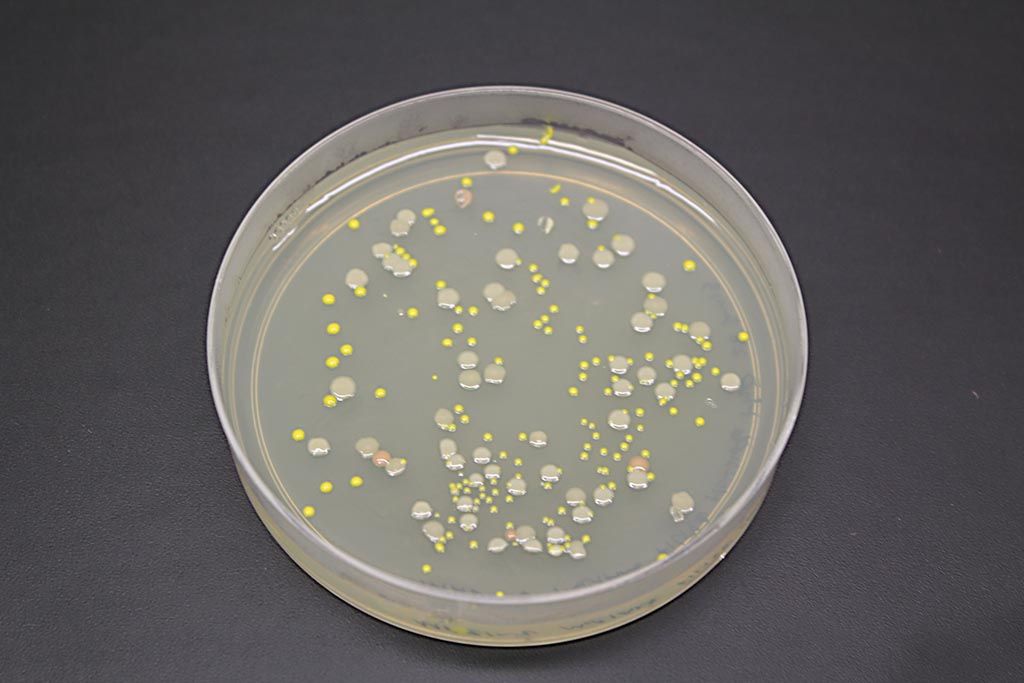
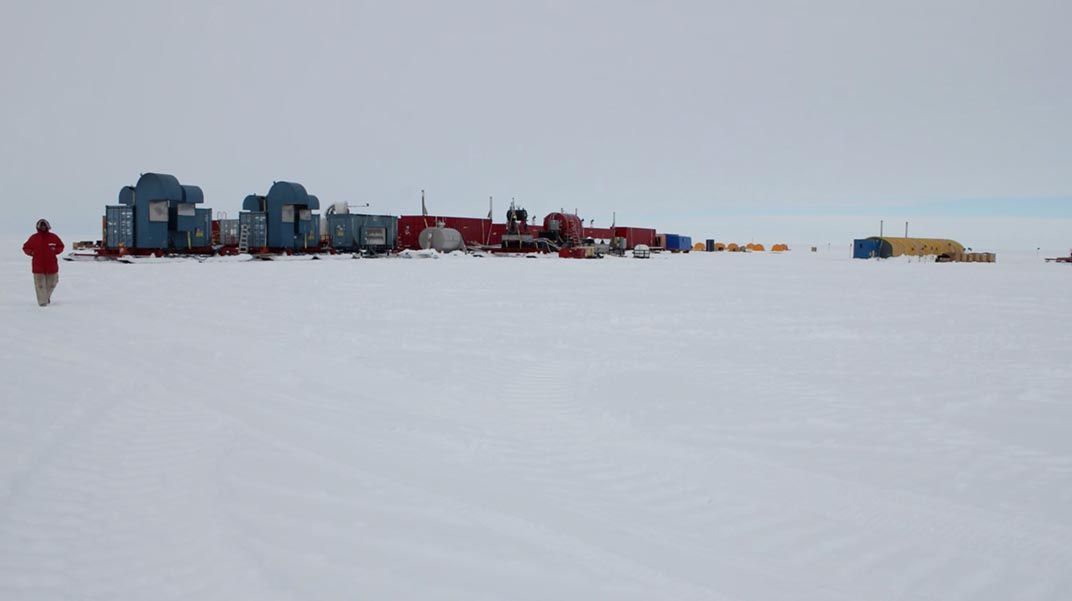
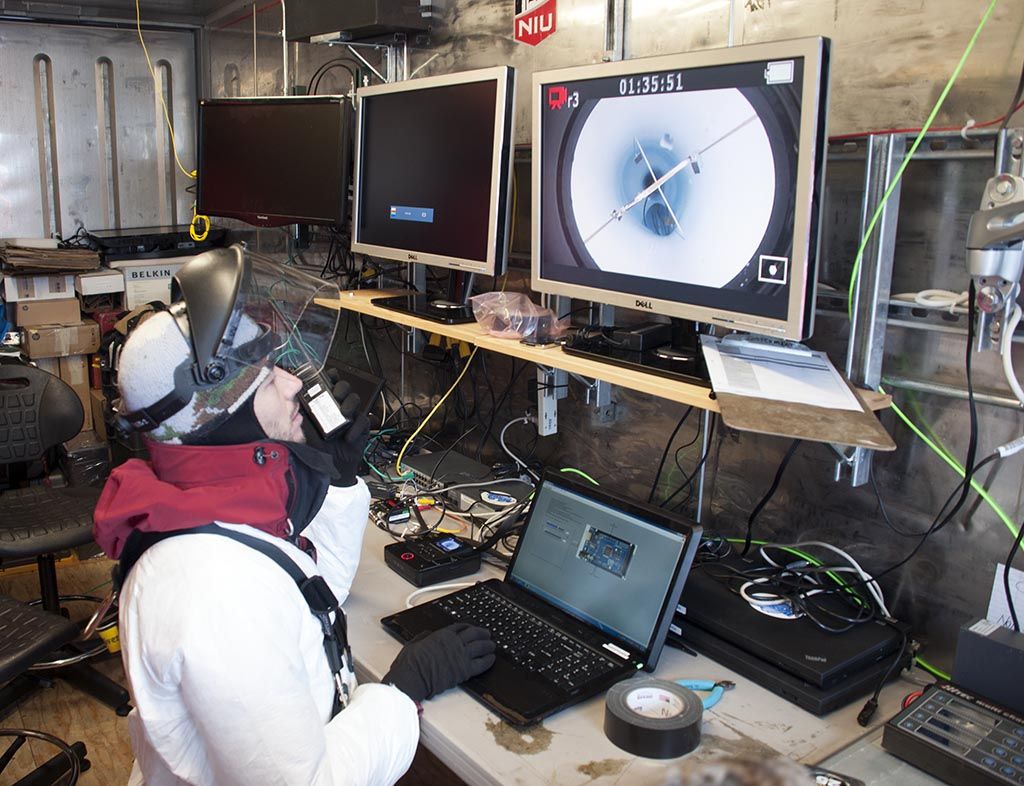
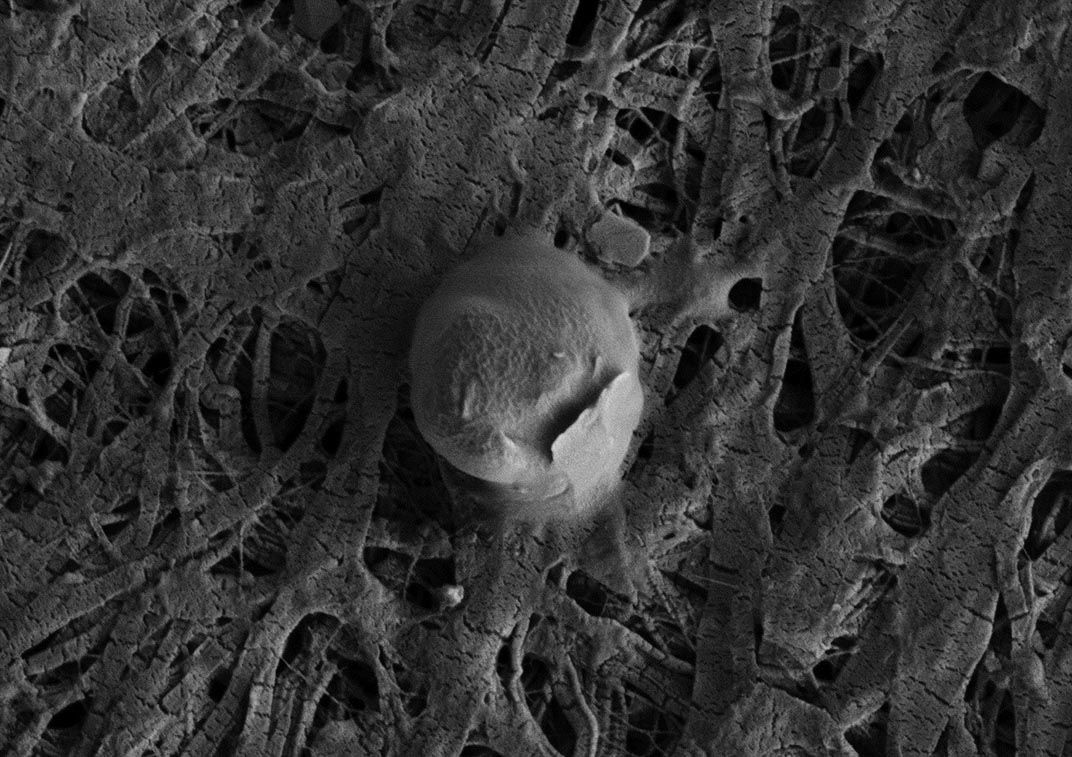
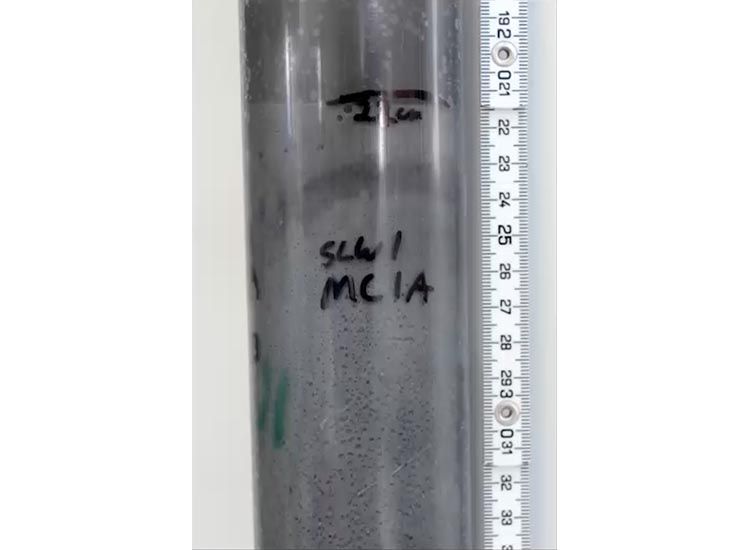

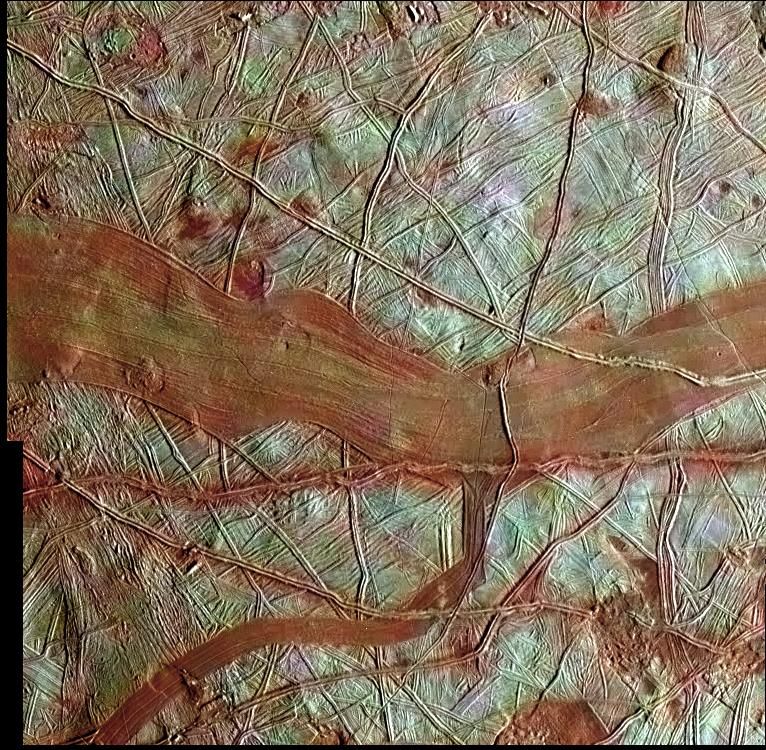
/https://tf-cmsv2-smithsonianmag-media.s3.amazonaws.com/accounts/headshot/Screen_Shot_2014-01-27_at_12.05.16_PM.png)